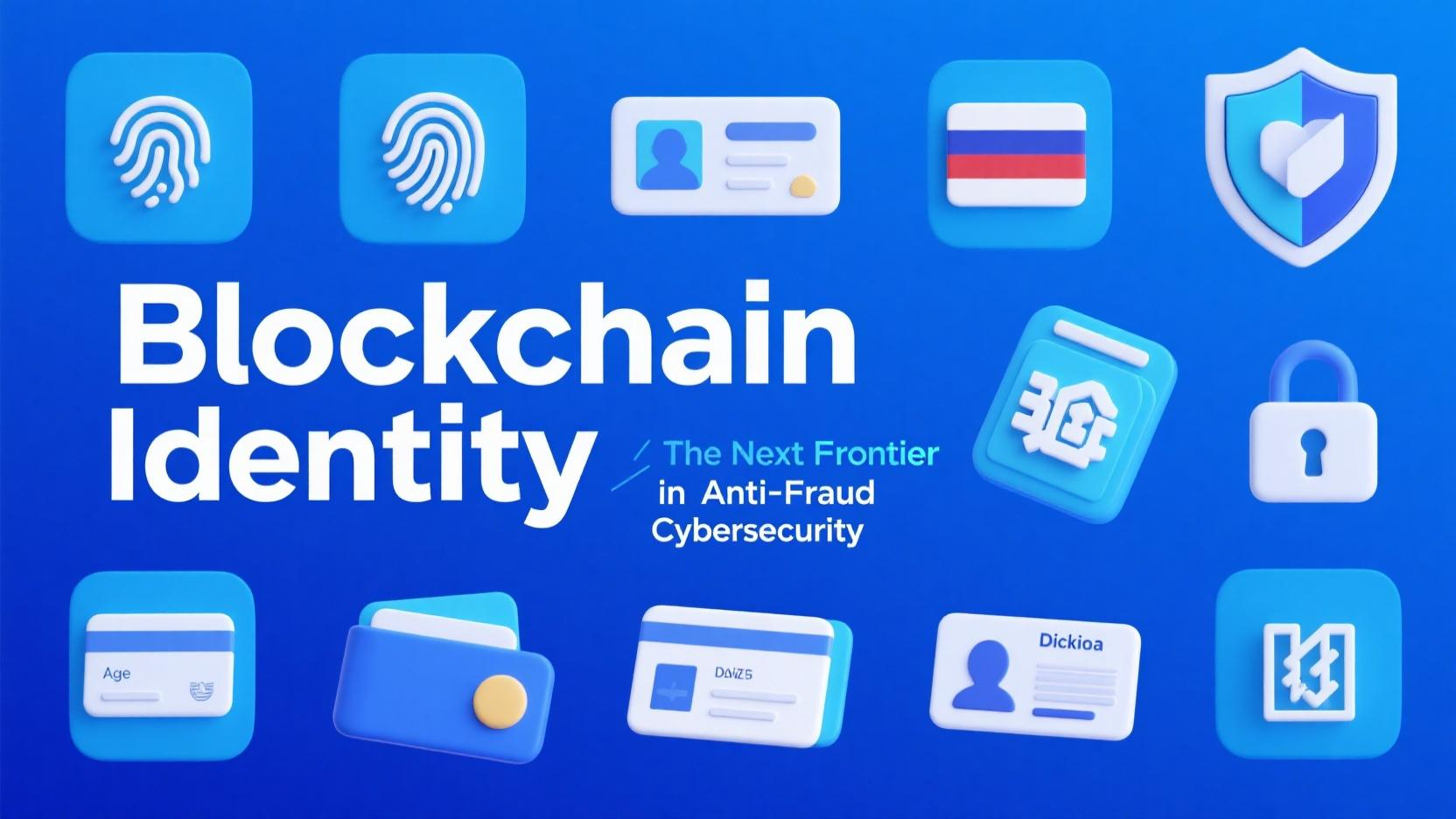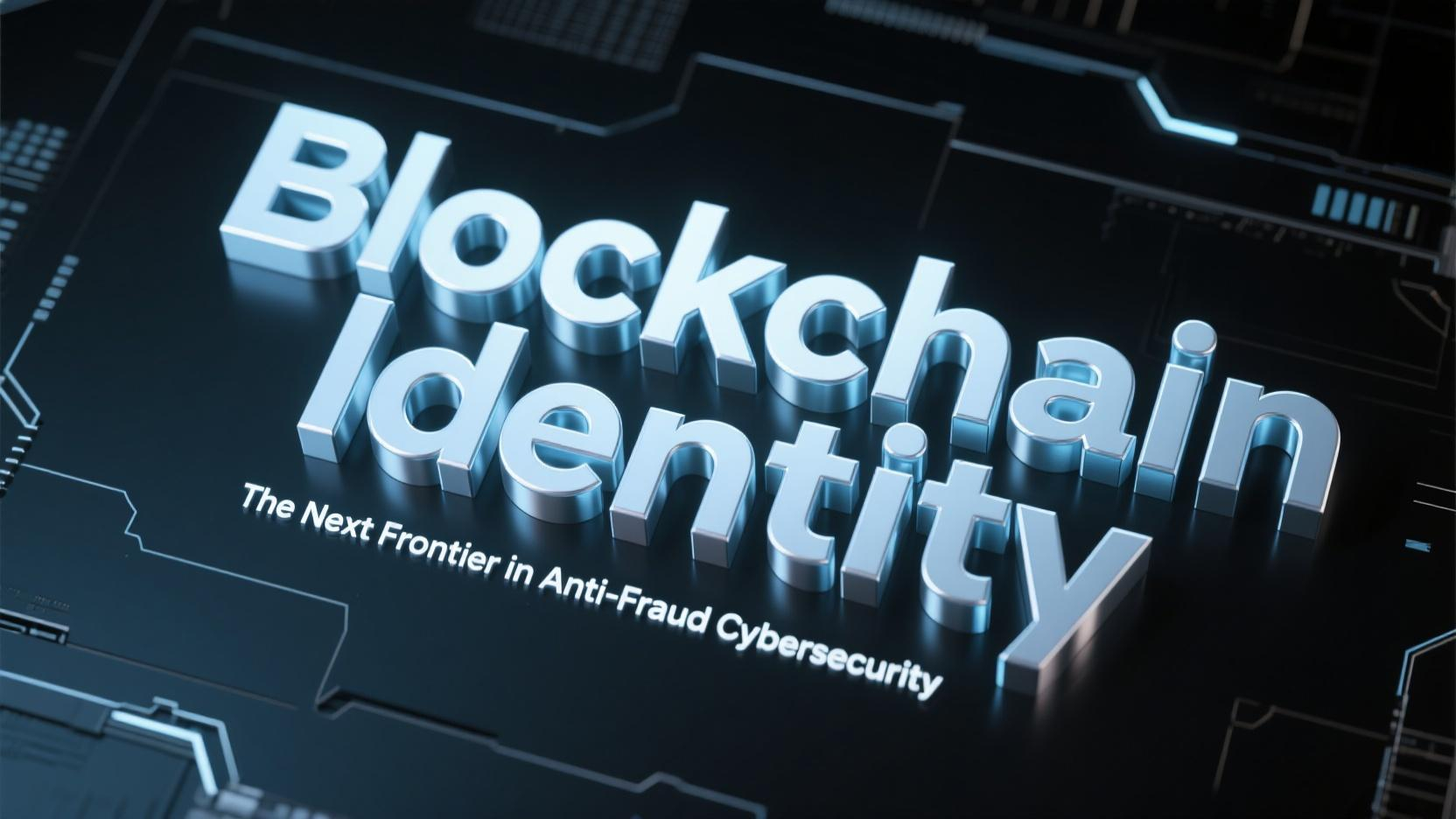Decentralized Identity Is Changing How We Fight Digital Fraud
In the digital economy, identity is currency. But identity theft, account takeovers, and data leaks are rampant—and centralized systems are struggling to cope. Enter blockchain-based digital identity (DID) solutions, a decentralized, tamper-resistant method of verifying and protecting personal and business credentials.
The Problem with Centralized Identity
Most identity today is stored in centralized databases—whether for banking, e-commerce, or healthcare. These systems are vulnerable to:

Single-point failures and mass breaches
Identity forgery and synthetic fraud
Invasive data harvesting and poor user privacy
The 2023 MOVEit breach, which exposed millions of identities via a file transfer tool, highlights just how fragile centralized systems can be.
How Blockchain Fixes Identity
Blockchain identity solutions shift control from institutions to individuals:
Users own and manage their credentials via encrypted digital wallets
Verifiable credentials (VCs) are issued by trusted entities (e.g., banks, governments), but stored decentrally
Zero-knowledge proofs allow verification without exposing personal data
For instance, Polygon ID allows users to prove they’re over 18 or citizens of a country—without revealing name, address, or ID numbers.
Real-World Applications Emerging
Governments and enterprises are beginning to adopt DID:
Spain and the EU are piloting blockchain-based eID systems
Fintech firms use DID for KYC/AML compliance while preserving user privacy
Gig economy platforms integrate DID to verify freelancer credentials globally
This technology is particularly transformative in emerging markets, where identity access is limited but mobile connectivity is high.
Risks and What’s Next
Challenges remain, including:

Interoperability between identity networks
User onboarding and education
Legal recognition in various jurisdictions
But the momentum is clear: as Web3 matures, identity will be the backbone—not just for access, but for trust.
Key Takeaway
Blockchain identity is moving from theory to implementation, offering a new cybersecurity layer built on transparency, control, and privacy. In the war against digital fraud, identity on-chain may be our strongest defense.
